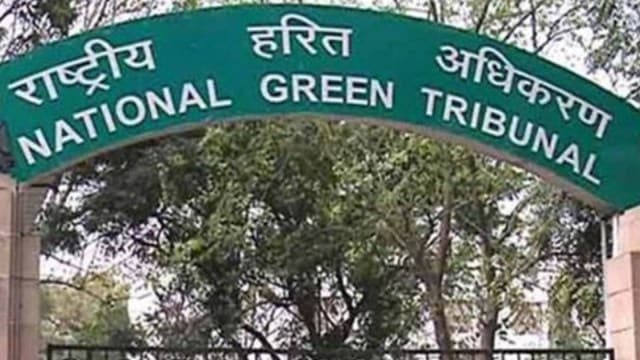The National Green Tribunal (NGT) granted conditional approval Wednesday for the National Highways Authority of India (NHAI) to proceed with the execution of a highway in Telangana, directing it to adhere to a substantially revised alignment and implement strict environmental mitigation measures.
The order, passed by the bench of Justice Pushpa Sathyanarayana and Dr Prashant Gargava, brought a six-year-old dispute to a close by allowing the infrastructure project to continue under environmental oversight.

Environmentalists have said they advocated for widening of the Hyderabad-Bijapur National Highway 163 to four lanes, while retaining the approximately 900 Nizam-era banyan trees on both sides of the stretch.
Story continues below this ad
According to the judgment, NHAI and the original applicants, Tejah Balantrapu, Pranay Juvvadi, and Natasha Ramarathnam, had filed a joint memorandum as directed by the Tribunal.
NHAI has modified the project proposal to save hundreds of trees that dot the 45-km road stretch between Hyderabad and Manneguda on the NH-163, agreeing to retain at least 765 banyan trees in situ, and reduce the number of banyan trees proposed for translocation to approximately 150 or fewer.
NHAI also agreed to plant the translocated trees along the road edge within the right-of-way (ROW) to avoid long-distance transport.
Apart from the retained banyan trees, the tree protection committee and the forest department have jointly identified 415 additional trees to be translocated by the approved agency under the expert supervision of the Telangana State Forest Department.
Other NGT directions
Story continues below this ad
While allowing the project to move forward, the NGT asp issued several firm directives aimed at ensuring minimal environmental damage and maximum transparency.
Regarding the banyan trees that still require short-distance translocation, the Tribunal said, “Wherever translocation is carried out over a short distance, proper care must be taken during pruning to avoid excessive cutting. As far as possible, the cutting of all branches should be avoided, while retaining the stump and root ball intact.”
NGT also protected other flora, directing that trees situated between two retained banyan trees “need not be cut unless otherwise warranted.”
Addressing concerns raised by the applicants about accountability, the Tribunal ruled that the independent monitoring committee must include public participation. The Tribunal stated: “Regarding the citizen monitoring, NHAI may constitute a monitoring committee to supervise and provide oversight of the project, which shall include at least two local citizens interested in safeguarding the trees.”
Story continues below this ad
The Tribunal stressed that this measure “would ensure greater transparency and accountability while enabling the NHAI to expedite the project.”
Deficiencies duly rectified
NHAI’s proposed comprehensive mitigation measures include implementation of the relocation strictly according to the approved Tree Translocation Methodology under the supervision of an Independent Monitoring Committee (IMC).
NHAI has also mandated the maintenance of each translocated banyan tree for a period of seven years, along with an approved watering schedule, and the development of a Biodiversity Conservation and Mitigation Plan. The plan includes the construction of four wildlife underpasses and multiple culverts for the movement of animals.
NHAI added that all deficiencies identified in the environmental impact assessment (EIA) report have been duly rectified “through scientific studies, design revisions, biodiversity conservation actions, and active consultation with expert and statutory authorities.”
Story continues below this ad
The NH 163 project now fully conforms to this Tribunal’s directions and the principles of sustainable development, NHAI has said.

































